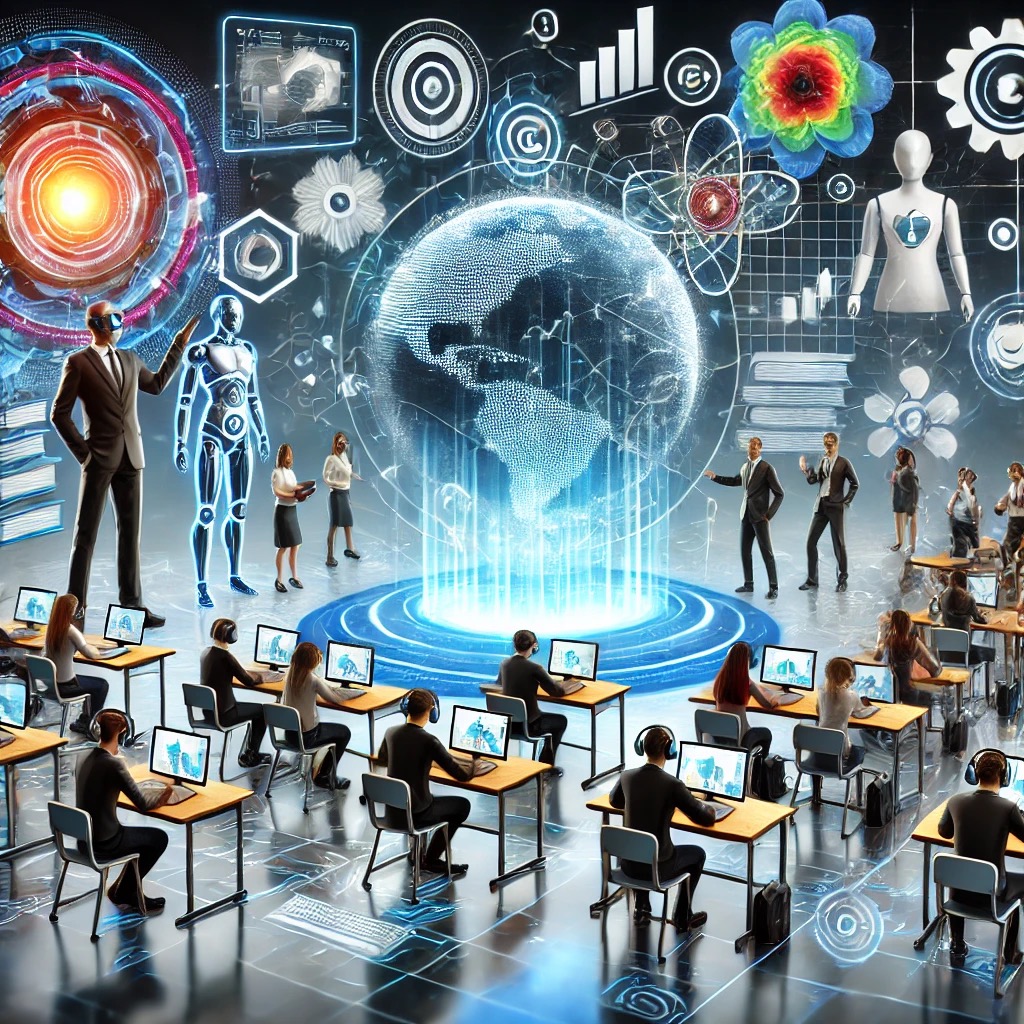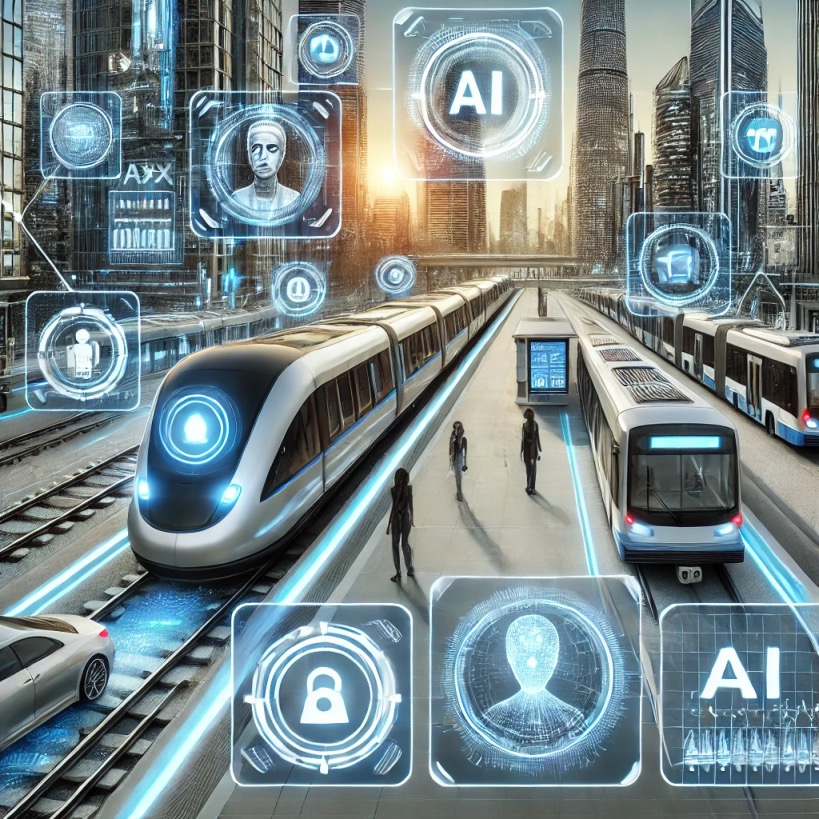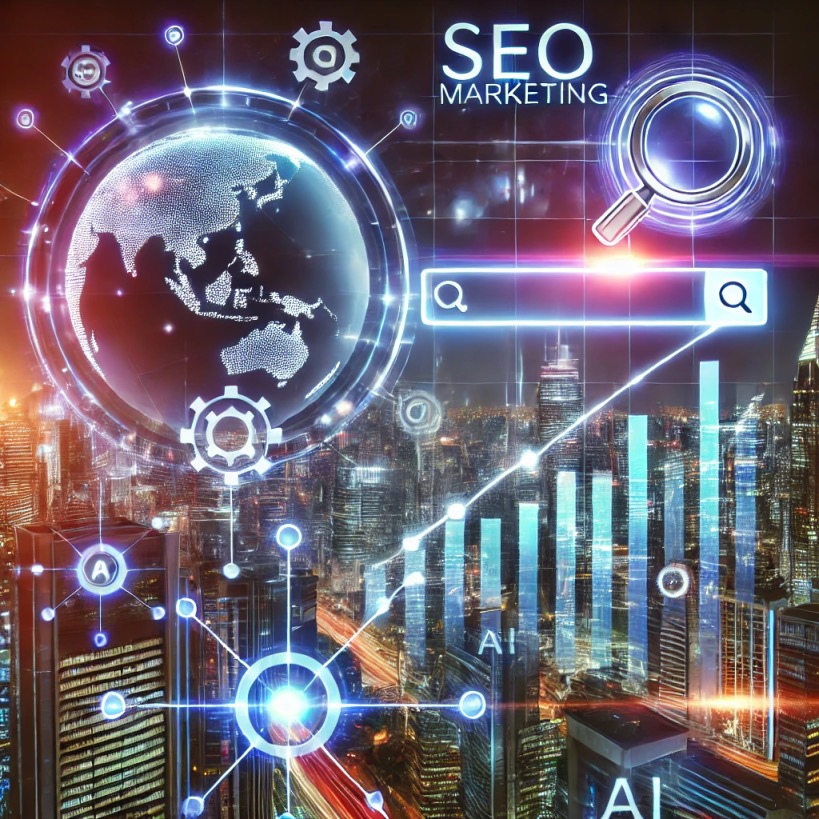The future of education is being reshaped by the rapid advancement of digital technologies, offering unprecedented opportunities to transform how we teach, learn, and interact with knowledge. From personalized learning experiences to immersive virtual classrooms , the digital revolution is breaking down traditional barriers and creating a more inclusive, flexible, and engaging educational landscape. As technology continues to evolve, it promises to democratize access to education, empower learners of all ages, and prepare students for the demands of a rapidly changing world.
Below is an exploration of the key trends, benefits, challenges, and implications of learning in a digital world.


1. Key Trends Shaping the Future of Education
a. Personalized Learning
- Adaptive Platforms : AI-powered tools analyze individual learning styles, preferences, and progress to deliver customized content and pacing.
- Competency-Based Progression : Students advance based on mastery of skills rather than time spent in class, ensuring no one is left behind.
b. Online and Hybrid Learning
- Virtual Classrooms : Platforms like Zoom, Google Classroom, and Microsoft Teams enable real-time interaction between teachers and students, regardless of location.
- Blended Models : Combining online and in-person instruction allows for flexibility while maintaining face-to-face engagement.
c. Immersive Technologies
- Virtual Reality (VR) and Augmented Reality (AR) : VR immerses students in simulated environments (e.g., historical events, scientific experiments), while AR overlays digital information onto the real world (e.g., anatomy lessons).
- Gamification : Game-like elements such as points, badges, and leaderboards make learning more engaging and motivating.
d. Lifelong Learning
- Micro-Credentials and Certifications : Short, focused courses provide skills for specific industries or roles, catering to the needs of lifelong learners.
- Corporate Training : Companies use digital platforms to upskill employees, ensuring they stay competitive in a fast-evolving job market.
e. Global Collaboration
- Cross-Border Education : Students from different countries collaborate on projects, fostering cultural exchange and global awareness.
- Open Educational Resources (OER) : Free or low-cost materials democratize access to high-quality content.
2. Benefits of Digital Learning

a. Accessibility
- Breaking Geographical Barriers : Students in remote areas can access top-tier institutions and educators through online platforms.
- Inclusive Design : Tools like text-to-speech, translation apps, and adjustable interfaces support learners with disabilities or language barriers.
b. Flexibility
- Self-Paced Learning : Learners can study at their own speed, balancing education with work, family, or other commitments.
- On-Demand Content : Recorded lectures and modular courses allow students to revisit material whenever needed.
c. Cost Efficiency
- Reduced Expenses : Online programs often cost less than traditional degrees, eliminating costs associated with commuting, housing, and physical textbooks.
- Scalability : Digital solutions can reach thousands of students simultaneously, reducing per-student costs for institutions.
d. Enhanced Engagement
- Interactive Tools : Simulations, quizzes, and collaborative projects keep students actively involved in the learning process.
- Real-Time Feedback : AI systems assess performance instantly, helping students identify areas for improvement.
e. Data-Driven Insights
- Learning Analytics : Educators use data to track student progress, identify struggling learners, and refine teaching strategies.
3. Challenges and Risks
a. Digital Divide
- Access Inequality : Not all students have reliable internet access or devices, exacerbating existing socioeconomic disparities.
- Technological Literacy : Both students and educators may struggle to adapt to new tools and platforms.
b. Quality Assurance
- Variable Standards : The proliferation of online courses raises concerns about consistency and rigor compared to traditional programs.
- Credential Recognition : Employers may be hesitant to value non-traditional certifications.
c. Social Isolation
- Lack of Interaction : Remote learning can lead to feelings of loneliness and disconnection, particularly among younger students.
- Soft Skills Development : Limited peer interaction may hinder the development of teamwork and communication skills.
d. Privacy and Security
- Data Vulnerability : Storing sensitive student information online increases the risk of breaches and misuse.
- Surveillance Concerns : Monitoring tools used to track attendance or participation raise ethical questions about privacy.
e. Over-Reliance on Technology
- Technical Failures : System outages or glitches can disrupt learning.
- Loss of Human Touch : Excessive dependence on tech may diminish the role of human mentorship and emotional support.
4. Real-World Examples of Digital Education
a. Massive Open Online Courses (MOOCs)
- Platforms like Coursera , edX , and Udemy offer affordable, high-quality courses from universities and industry leaders worldwide.
b. Virtual Reality in STEM Education
- Programs like Labster simulate science labs, allowing students to conduct experiments safely and cost-effectively.
c. AI Tutoring Systems
- Tools like Khan Academy’s AI tutor and Duolingo provide personalized guidance and practice exercises.
d. Corporate Upskilling
- Companies like IBM and Google offer digital training programs to equip employees with skills in AI, cloud computing, and cybersecurity.
e. Global Initiatives
- One Laptop Per Child : Aims to provide affordable laptops to children in developing countries.
- UNESCO’s Digital Learning Alliance : Promotes equitable access to digital education globally.
5. Emerging Trends in Digital Education
a. Blockchain for Credentials
- Securely storing academic records and verifying qualifications using blockchain technology ensures authenticity and portability.
b. Artificial Intelligence Teachers
- AI-driven avatars could act as virtual instructors, providing 24/7 support and answering student queries.
c. Metaverse Classrooms
- Virtual worlds where students attend classes, participate in activities, and socialize, creating immersive educational experiences.
d. Emotional AI
- Systems that detect student emotions (e.g., frustration, boredom) and adjust content delivery accordingly to enhance engagement.
e. Quantum Computing in Research
- Advanced simulations and calculations enabled by quantum computing could revolutionize fields like physics, chemistry, and engineering education.
6. Implications for Educators and Institutions
a. Role Transformation
- Teachers will transition from lecturers to facilitators, guiding students through personalized journeys and fostering critical thinking.
b. Curriculum Redesign
- Curricula must emphasize digital literacy, problem-solving, and adaptability to prepare students for the future workforce.
c. Institutional Collaboration
- Universities, schools, and corporations will partner to develop innovative programs aligned with industry needs.
7. The Future Vision of Education
The future of education envisions a learner-centric ecosystem where technology enhances human potential rather than replaces it. Key elements include:
a. Seamless Integration
- Physical and digital spaces blend seamlessly, offering hybrid models that combine the best of both worlds.
b. Universal Access
- Every individual, regardless of background, has equal opportunity to acquire knowledge and skills.
c. Lifelong Adaptability
- Education becomes a continuous process, equipping individuals to thrive in an ever-changing global economy.
d. Ethical Frameworks
- Policies ensure fairness, transparency, and accountability in the use of technology in education.
8. Conclusion
The future of education in a digital world holds immense promise, offering tools and methodologies that make learning more accessible, engaging, and effective. By leveraging technologies like AI, VR, and blockchain, we can create a system that adapts to individual needs, fosters creativity, and prepares students for the challenges of tomorrow.
However, achieving this vision requires addressing issues of equity, quality, and ethics. Policymakers, educators, and technologists must work together to ensure that the benefits of digital education are shared widely and responsibly.
As we embrace this transformation, the future of education is not just about acquiring knowledge—it’s about empowering individuals to unlock their full potential and contribute meaningfully to society. The journey toward a truly inclusive and innovative educational landscape has only just begun.



